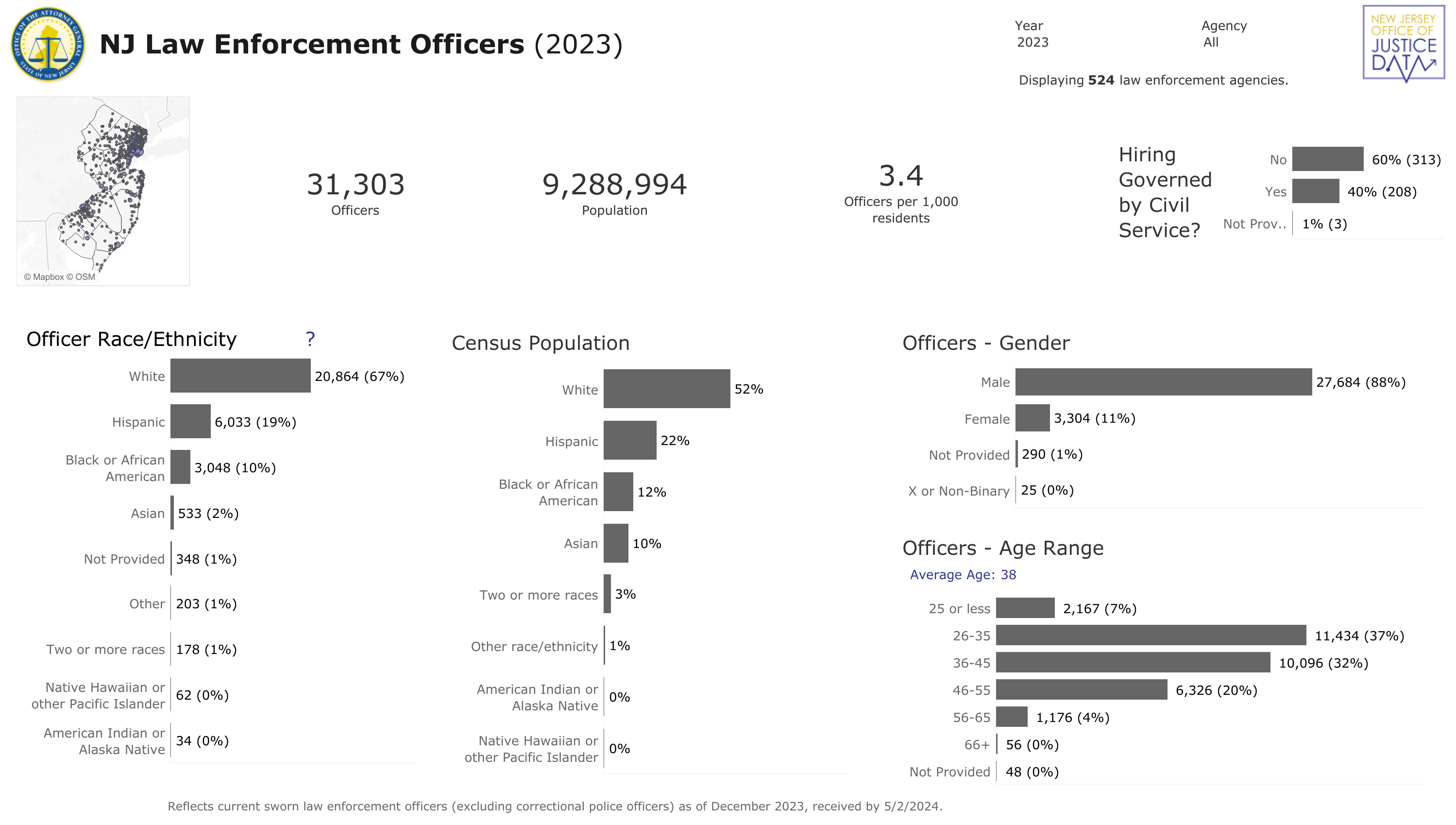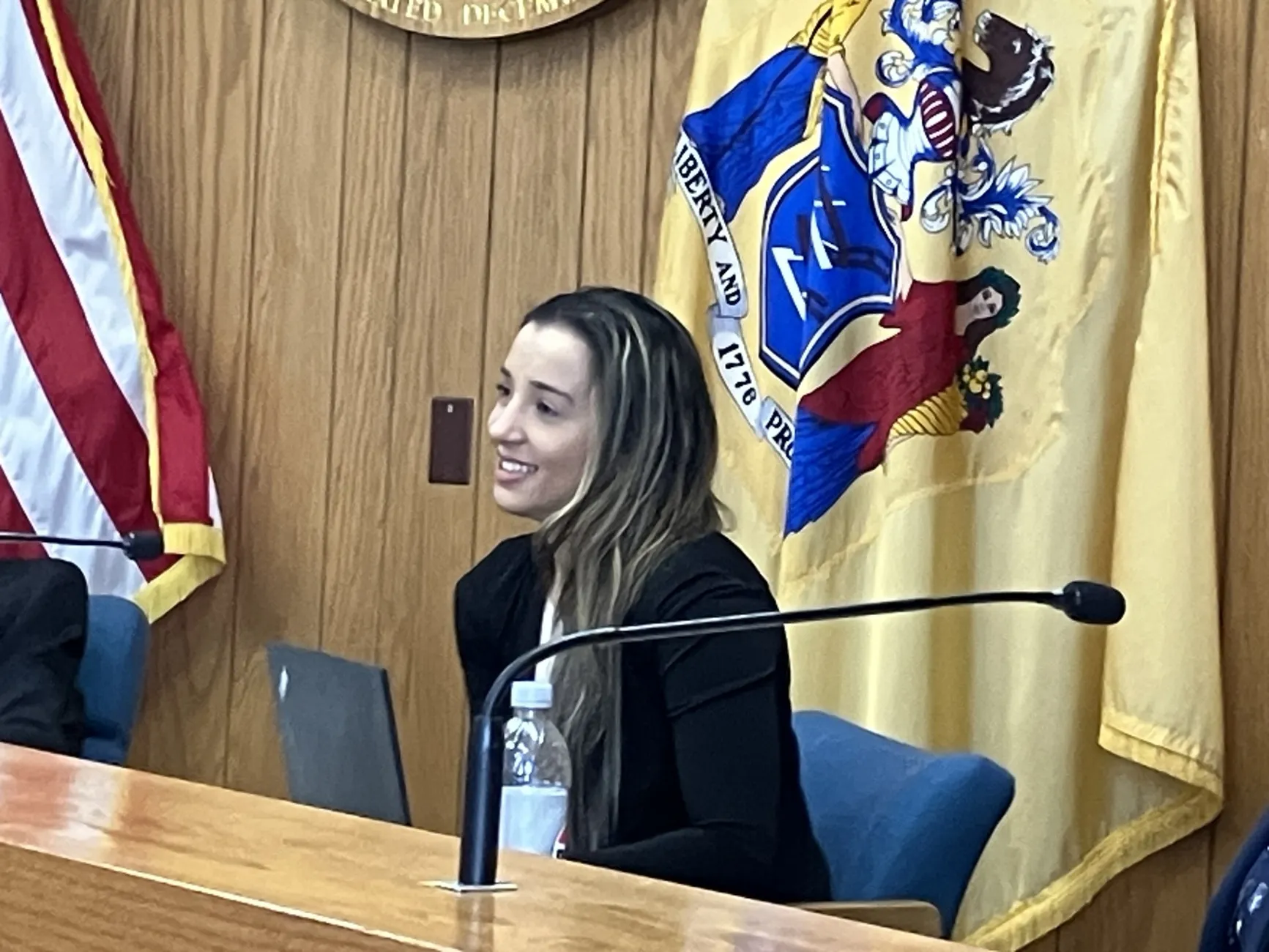SADDLE RIVER, NJ – Recent official data from the New Jersey Office of the Attorney General’s 2023 Demographic Reports and the latest internal records from the Saddle River Police Department (2025) reveal a stark reality: in a state celebrated for its cultural diversity, the Saddle River Police Department stands out as one of the least diverse law enforcement agencies in New Jersey.
According to the New Jersey Office of the Attorney General’s 2023 Demographic Reports, the statewide averages for New Jersey law enforcement agencies are:
- White Officers: 67%
- Hispanic Officers: 19%
- Black Officers: 10%
- Asian Officers: 2%
- Other / Two or More Races: 2%
- Male Officers: 88%
- Female Officers: 11%
📊 Comparison at a Glance:
| Category | Saddle River Police Department (2024) | Statewide Average (2023) |
|---|---|---|
| White Officers | 100% | 67% |
| Hispanic Officers | 0% | 19% |
| Black Officers | 0% | 10% |
| Asian Officers | 0% | 2% |
| Other/Multiracial | 0% | 2% |
| Male Officers | ~94% | 88% |
| Female Officers | ~6% | 11% |
The contrast is dramatic: while New Jersey police departments, on average, have a significantly more diverse composition, the Saddle River Police Department’s force is entirely homogeneous in terms of race and markedly skewed towards white males. The percentage of female officers is also notably lower, with only one officer representing approximately 5.88% of the force compared to the state average of 11%.
There is a growing consensus that a detailed investigation into these practices is imperative—not only to uphold the principles of equal opportunity but also to restore public trust in a department that appears out of step with modern diversity standards.
How Does Saddle River Compare?
In a state renowned for its cultural diversity, the Saddle River Police Department’s homogeneous makeup is a glaring anomaly. With 100% white officers, zero representation from Hispanic, Black, Asian, or multiracial groups, and a mere 5.88% female representation compared to statewide averages, the department stands among the least diverse law enforcement agencies in New Jersey. This stark discrepancy, supported by data from the New Jersey Office of the Attorney General’s 2023 Demographic Reports and the Saddle River Police Department Internal Data (2024), demands immediate and meaningful reform.
As community leaders and state officials consider the implications of these findings, the question remains: Will steps be taken to ensure that the Saddle River Police Department not only embraces diversity but also reflects the rich tapestry of the community it is sworn to protect? The latest data call for accountability, transparency, and a commitment to change that aligns with New Jersey’s values of inclusion and representation.
Community Representation
In a state known for its rich cultural and demographic diversity, a law enforcement agency that does not mirror its community can undermine public trust. The lack of representation from Hispanic, Black, Asian, or other minority groups within the Saddle River Police Department raises serious concerns about the department’s ability to effectively serve and relate to all segments of its community. For residents, particularly in a diverse region like Bergen County, this homogeneity may hinder efforts to foster strong, community-based policing and mutual understanding.
Recruitment and Hiring Practices
The data point to a systemic issue in recruitment and hiring practices. With a force that has remained entirely white and overwhelmingly male, questions arise as to whether the department’s recruitment policies are inadvertently—or even deliberately—excluding qualified minority and bilingual candidates. This exclusion is highlighted by the fact that, during the most recent recruitment cycle, the department’s applicant pool yielded only white candidates, reinforcing a pattern of homogeneity that starkly contrasts with statewide efforts to diversify law enforcement.
Gender Equity Concerns
Gender equity is another significant issue. The department currently employs only one female officer, who is facing disciplinary action. This not only reduces the already low representation of women in the force but also suggests possible internal biases or cultural practices that may be contributing to the marginalization of female officers. In contrast, the state average of 11% female officers—while still low—indicates a broader, albeit insufficient, acknowledgment of gender diversity within New Jersey’s law enforcement agencies.
Saddle River Police Department Ranks in the Bottom 5% for Diversity in New Jersey
According to the New Jersey Office of the Attorney General’s 2023 Demographic Reports, the state is home to approximately 524 law enforcement agencies. When comparing diversity metrics across these departments, the Saddle River Police Department stands out—ranking in the bottom 5%. With an entirely white officer corps and zero representation from Hispanic, Black, Asian, or other minority groups, the department’s makeup is a stark outlier against statewide averages. Key statistics include:
- 524 law enforcement agencies statewide
- Saddle River Police Department ranks in the bottom 5% for diversity
- Officer corps: 100% white, with no Hispanic, Black, Asian, or multiracial representation
This significant disparity underscores deep-rooted challenges in recruitment and hiring practices, raising serious questions about the department’s ability to effectively serve a diverse community.
A Call for Accountability and Reform
The discrepancies between the Saddle River Police Department’s demographics and those of New Jersey as a whole have not gone unnoticed by community leaders and diversity advocates. Many are now calling for a comprehensive review of the department’s hiring and promotion practices. Critical questions need to be addressed:
- Why does the Saddle River Police Department maintain a force that is entirely white in a diverse state?
- Are current recruitment strategies effectively excluding qualified minority and bilingual applicants?
- What measures can be implemented to ensure the department’s composition more accurately reflects the community it serves?
There is a growing consensus that a detailed investigation into these practices is imperative—not only to uphold the principles of equal opportunity but also to restore public trust in a department that appears out of step with modern diversity standards.










Leave a Reply